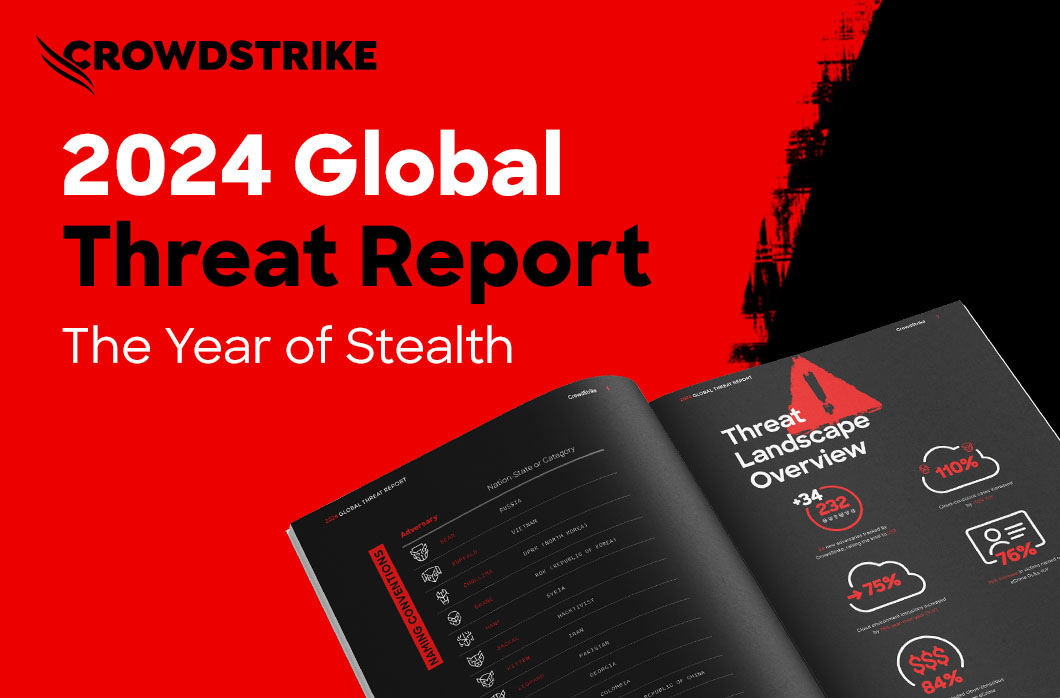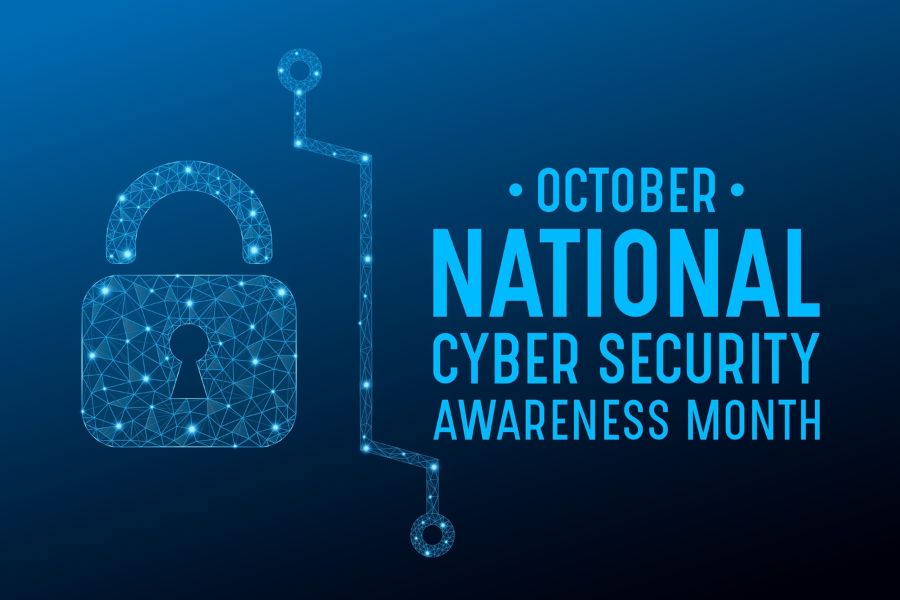Cyber Security in the Education Industry: Protecting Student Data and Privacy
September 1, 2023, 8 min read
The term “cybersecurity” is used to describe the practice of guarding computer systems and their associated data against intrusion. The same malicious actors who target businesses also target public school systems, looking for holes in their security. To keep their children, staff, and data safe from cybercriminals, schools need enterprise-level security solutions and hardware-enabled security.
Education institutions, like any other organization, must prioritize cyber security. Students’ personal information, especially that of younger kids in grades K-12, is particularly vulnerable to cybercriminals. Nowadays, millions of students use technology in hybrid, remote, or in-class settings, making it crucial that students and teachers’ devices remain safe and secure.
Why Cyber Security Matters in Education?
To help students avoid becoming victims of cybercrime, they must receive cybersecurity awareness training. Computer security threats such as phishing, malware, and ransomware will be covered in this unit. For the sake of student security, this is crucial for schools to do.
Cybersecurity must be an integral part of every educational institution’s mission. Cyberattacks in the education sector are neither less common nor less serious than those in any other industry, even though it faces significant obstacles such as a shortage of staffing and a lack of financing and resources. Every year, more and more cases of breaches in K-12 and higher education make headlines, and this trend appears to be growing.
Recent years have brought us news of ransomware attacks causing financial damage, like the one on the University of Calgary, which allegedly paid cybercriminals $20,000 in exchange for the ransomware’s removal, and malware attacks causing widespread disruption, like the one that reportedly forced the Minnesota School District to close for a day while IT professionals rebuilt the system.
The most serious security holes threaten the physical safety of the school’s students. Many students in educational institutions are too young to be a target in and of themselves, but a cybersecurity framework might put them at risk.
Threats to Student Data and Privacy in Education
The Education sector is a prime target for cybercriminals for four main reasons.
As the size, function, and status of educational institutions vary, so do the motivations for attacking them. For instance, a school or school district may not have the same security challenges as prestigious universities and colleges. Institutions must therefore do a risk assessment and learn the nature of their most at-risk data.
Distributed denial of service assaults, sometimes known as DDoS attacks, are becoming widespread in the educational sector at all levels. In this scenario, the attacker’s goal is to significantly disrupt the institute’s network to dampen employee output.
Amateur cybercriminals may find this attack simple to execute, especially if the targeted network lacks adequate security measures. Students and professors have successfully carried out DDoS attacks for various reasons, ranging from protesting complaint handling to simply wanting a day off.
Theft of personal information, such as names and addresses, is another type of cyber assault that affects educational institutions of all sizes. Cybercriminals may want this information for several purposes, such as selling it on the black market or using it as a negotiating chip to extort money from their victims.
The fact that hackers can remain undetected for extended periods is a worrying feature of this form of attack. The theft of at least 160,000 medical records from university computers at Berkeley reportedly occurred over several months.
Attacking a university for financial gain is another reason hackers target these institutions. While this may not be as much of a concern for public schools, private schools, and universities/colleges are prominent targets for cybercriminals because they handle so much student money.
These days, it’s common practice for students or their parents to pay tuition through an internet gateway, typically sending sizable sums to cover an entire semester’s or academic year’s worth of study. This could be used by cybercriminals if educational institutions haven’t taken the necessary precautions or been adequately prepared.
Fourthly, espionage is an incentive for cybercriminals to target educational institutions. Institutions of higher learning, such as universities and colleges, are frequently hubs of innovation and the custodians of important forms of intellectual property.
Institutions of higher education require sufficient security due to past incidents where skilled individuals with extensive resources compromised UK university research in science, engineering, and medicine fields.
With these four goals in mind, analyzing how hackers attack Education networks might give us insight into how to best defend against them.
Common Cyber Security Risks in Education
Scam emails, or phishing
Phishing is a widespread issue on campuses today. An attacker’s goal in a phishing attempt is to get access to sensitive information, such as a user’s password or social security number, by making themselves appear to be a reliable source. Typically, phishing attempts are carried out using electronic mail or social media messages.
Phishing assaults can be thwarted with the help of two-factor authentication. Two-factor authentication will require users to input both a password and a code issued to their email or phone number before gaining access to the university’s network. With the help of apps like Google Authenticator, it’s simple to put into practice.
Ransomware
Today’s universities also face the threat of ransomware. Ransomware is a form of malicious software that encrypts the user’s data and demands payment before releasing it. Many cybercriminals employ ransomware to target educational institutions because they have access to sensitive student information and perform groundbreaking research.
SQL Injections
When attacking universities, many hackers utilize SQL injections. When a hacker does a SQL injection, they enter harmful code into a query box on your website. Login pages and contact forms may have search boxes more often than others, but they are far from the only ones. The hacker can get to otherwise secure information thanks to the malicious code. They can also change the information by adding or removing details.
Data Breach
Institutions of higher education also face risks from a wide variety of additional data breaches. For instance, hackers have utilized a wide variety of malware programs throughout the years. Cybercriminals have become more skilled and inventive in their attempts to acquire sensitive information as a result of technological advancements. A data breach’s likelihood can also rise due to human error.
Antiquated Equipment
The increased vulnerability of many colleges to cyber attacks is a direct result of their widespread usage of obsolete technologies. If you neglect to install even one software update, you increase the risk to your company. Due to the ever-changing nature of educational technology, colleges, and universities should routinely review the security of their equipment and software. Planning for regular software updates is also crucial. Although investing in cutting-edge equipment isn’t cheap, it’s necessary to ensure the well-being of your business, employees, and pupils.
Best Practices for Cyber Security in Education
As cybercriminals continue refining their techniques, it becomes imperative to enhance education for the next generation on online safety.
Cybersecurity risks are unfortunately impossible to eradicate in the educational sector. However, there are measures that institutions can do to lessen the impact:
Implement Strict Safety Measures
Having a solid security policy in place is the first step in reducing the risk of cyberattacks. For instance, schools should block all potentially harmful websites from their networks and govern students’ access to app stores similarly.
The institute’s network is frequently breached through the deployment of mobile IoT devices by cybercriminals. Students’ electronic devices can range from laptops and desktop computers to cell phones and tablets.
Therefore, schools need to incorporate mobile security measures into their overall cyber protection plans. End-to-end encryption and thorough testing of IoT devices can significantly reduce the likelihood of an attack on a vulnerable device.
Set up a System of Permissions
Students, faculty, and staff at universities and colleges form a vast social network. Developing access control that allows users to access only the software they need is crucial in such a setting.
There are two primary advantages of using an access control system. In the first place, it restricts access to sensitive data by unwanted parties. Second, it restricts the damage an attacker can do if they manage to gain access to a user account.
Similarly, businesses must take precautions to safeguard information that is kept in the cloud. This helps them comply with regulations and safeguards the integrity of their data.
Put in an Anti-Virus Program
Malware is a threat to any organization’s network since it can corrupt data, shut down systems, and steal private information. The significance of preventing such assaults cannot be overstated.
This is why there is a need for schools to implement anti-virus, anti-malware, and intrusion prevention systems. It’s useful for blocking malware like viruses, worms, spyware, and even ransomware before they can do any damage to the network.
Keep Your Systems Up-to-Date
Make sure you’re constantly using the most up-to-date versions of your browser, apps, and operating system. This is due to the increased susceptibility of older versions to cyber assaults due to the presence of defects and vulnerabilities known as security holes.
New dangers are mitigated and existing ones are patched with each update. Additionally, they typically have security patches that close any loopholes and discourage hackers.
Save Your Files
Information on your computer system is vulnerable to phishing and virus attacks. As a result, it is crucial to regularly back up critical documents and information.
The importance of your data dictates the number of backups you should have. Backups can be made on the cloud, and information can be stored on external drives.
In this way, even if ransomware infects your machine, you may quickly restore your data to its original state.
Develop a Strategy for Dealing with Incidents
No school, no matter how large, can afford to be without an incident response plan for dealing with security breaches.
With the support of a clear and documented plan, your IT and cybersecurity personnel can identify necessary actions and inform relevant parties.
Mistakes in handling a crisis without a predetermined strategy might cost the company more in penalties and legal fees.
Strategies for Protecting Student Data and Privacy in Education
- Data privacy policies should be reviewed, and sensitive data should be encrypted.
- Periodically purge unnecessary files.
- Don’t Carelessly Share Information.
- Practical Experience.
- Don’t Remain Idle.
- Inform and Instruct.
Future Trends in Cyber Security for Education
1. the Possibilities of AI
Significant cybersecurity improvements stem from artificial intelligence (AI) and machine learning, with AI now finding applications across all industries. Threat detection systems powered by artificial intelligence can foresee future attacks and immediately alert administrators to data breaches.
2. There’s a chance that the Cloud is vulnerable
To prevent data breaches as more businesses go to the cloud, security policies need to be reviewed and updated regularly.
3. Data Breach Is a Critical Issue Target
Concerns about data will remain a global corporate issue. Data security is a crucial concern for every organization or individual.
4. IoT on a 5G Network: New Technologies and Unknown Dangers
With the introduction and widespread use of 5G networks, the Internet of Things will enter a new era of connectedness (IoT). Through their interactions with one another, connected devices increase their susceptibility to hacking, malware, and other forms of malicious activity.
5. Automation and Integration
Automation is essential for providing more advanced data management as the volume of data increases daily.
Conclusion
In this post, we surveyed the landscape of cyber security in education institutions as it stands right now. To help you understand why cybersecurity needs to be a priority and how you can make it a priority for your educational institution, we addressed the most prevalent causes of the assault, the highest threats, and the main issues confronting the industry.































